Researchers make series of advances in field of environmental toxicology
The increasing consumption, misuse, and release of antibiotics and perfluorinated compounds (PFCs) into the environment have raised global concern about the potential health risks of these environmental contaminants on wildlife and human beings. However, the toxicity effects and mechanisms of antibiotics and PFCs remain poorly understood.
To clarify the potential mechanisms of antibiotics and PFCs to wild aquatic organisms could be useful in ecological risk assessments of antibiotics and PFCs, which is of great significance to protect the environment and promote the healthy development of life.
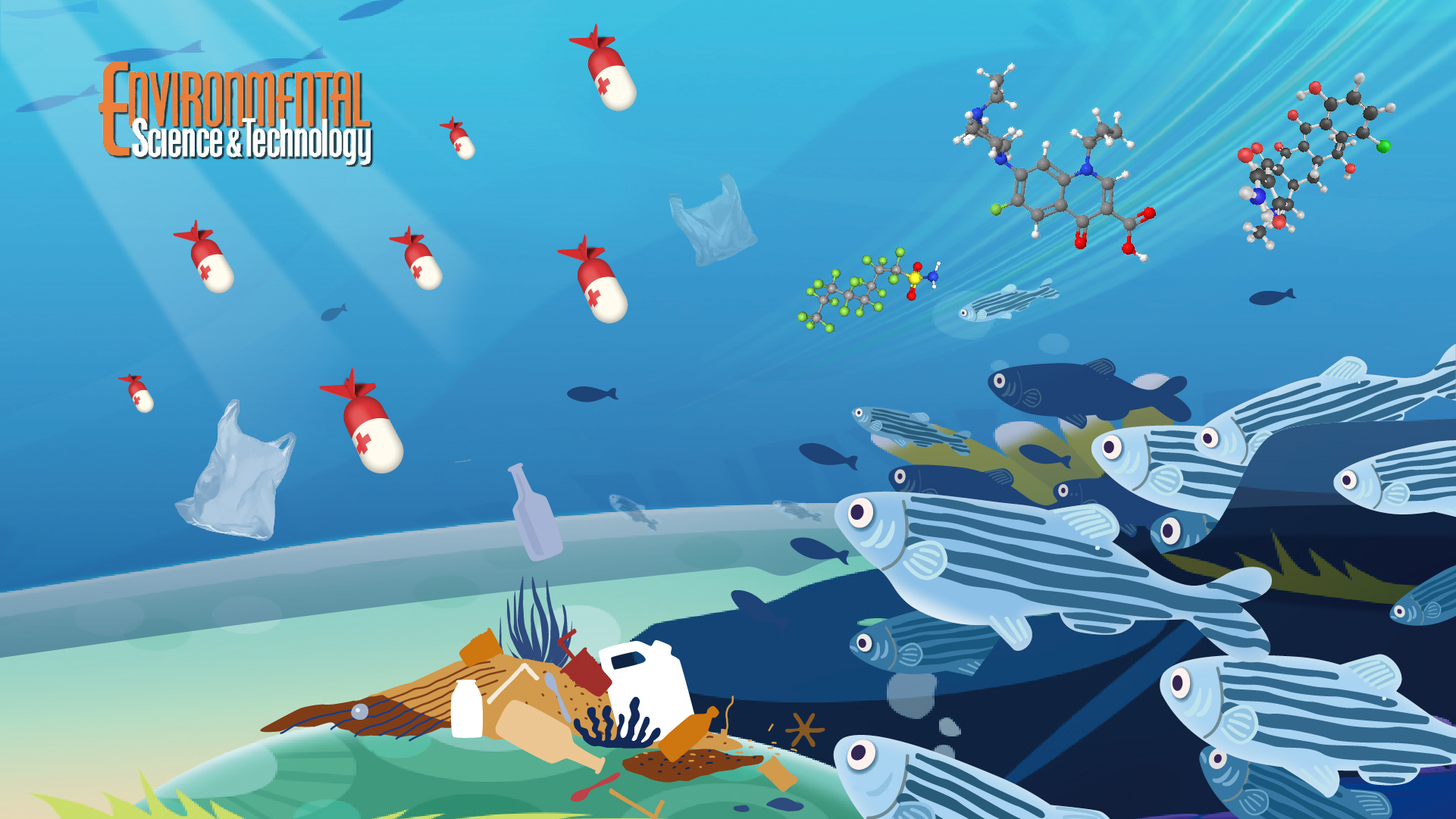
Chair Professor Chunmiao Zheng’s team from the School of Environmental Science and Engineering at the Southern University of Science and Technology (SUSTech), in collaboration with Assistant Professor Wenhui Qiu’s team at SUSTech and Assistant Professor Elvis Genbo Xu’s team at the University of Southern Denmark (SDU), have recently published three papers in the journal of Environmental Science & Technology focusing on the ecological health effects of environmental pollution.
In their studies, they have looked at the immunotoxicity and mechanism of antibiotic exposure to zebrafish offspring, the role of intestinal flora on the immunotoxicity of antibiotics, and the cardiotoxicity of perfluorooctane sulfonamide.
Antibiotic causes transgenerational immunosuppression
The first paper, entitled “Antibiotic Chlortetracycline Causes Transgenerational Immunosuppression via NF-κB,” was published in Environmental Science & Technology, a top journal in the field of Environmental Science.
In this study, Prof. Zheng’s group focused on the immunotoxicity of antibiotics exposure to the fish offspring. The immune system during early life is more susceptible to exposure to antibiotics than their parents because their immune systems are not fully developed at an early development stage. Therefore, multigenerational experiments were designed to evaluate the chronic immune effects of antibiotics after parental exposure to antibiotics using the zebrafish model, combined with biochemistry, toxicology, molecular biology, and modeling methods.
The results showed that chlortetracycline (CTC) strongly reduced the antibacterial activities of fish offspring by transgenerational immunosuppression. Both innate and adaptive immunities of the offspring were suppressed, showing significant perturbation of macrophages and neutrophils, expression of immune-related genes, and other immune functions. Moreover, by integrating western blot and specific NF-κB inhibitor assay, the research team revealed a seminal role of NF-κB in CTC immunotoxicity. It provides evidence that antibiotics at environmentally relevant concentrations in fish can be transmitted over multiple generations and weaken the immune defense of offspring, raising concerns about the population hazards and ecological risk of antibiotics in the natural environment (Figures 1 and 2).
This research uncovers that antibiotic CTC transgenerationally reduces macrophage and neutrophil numbers, immune indicators, as well as the host’s antibacterial ability, indicating the immunosuppressive effects of CTC over two generations. It suggests that immunosuppressive effects of antibiotics increase the susceptibility to secondary infections, highlighting the need to consider the host’s immunosuppression of antibiotics besides antibiotic-resistant pathogens.
Asst. Prof. Wenhui Qiu is the first author of this paper. Prof. Chunmiao Zheng is the corresponding author.
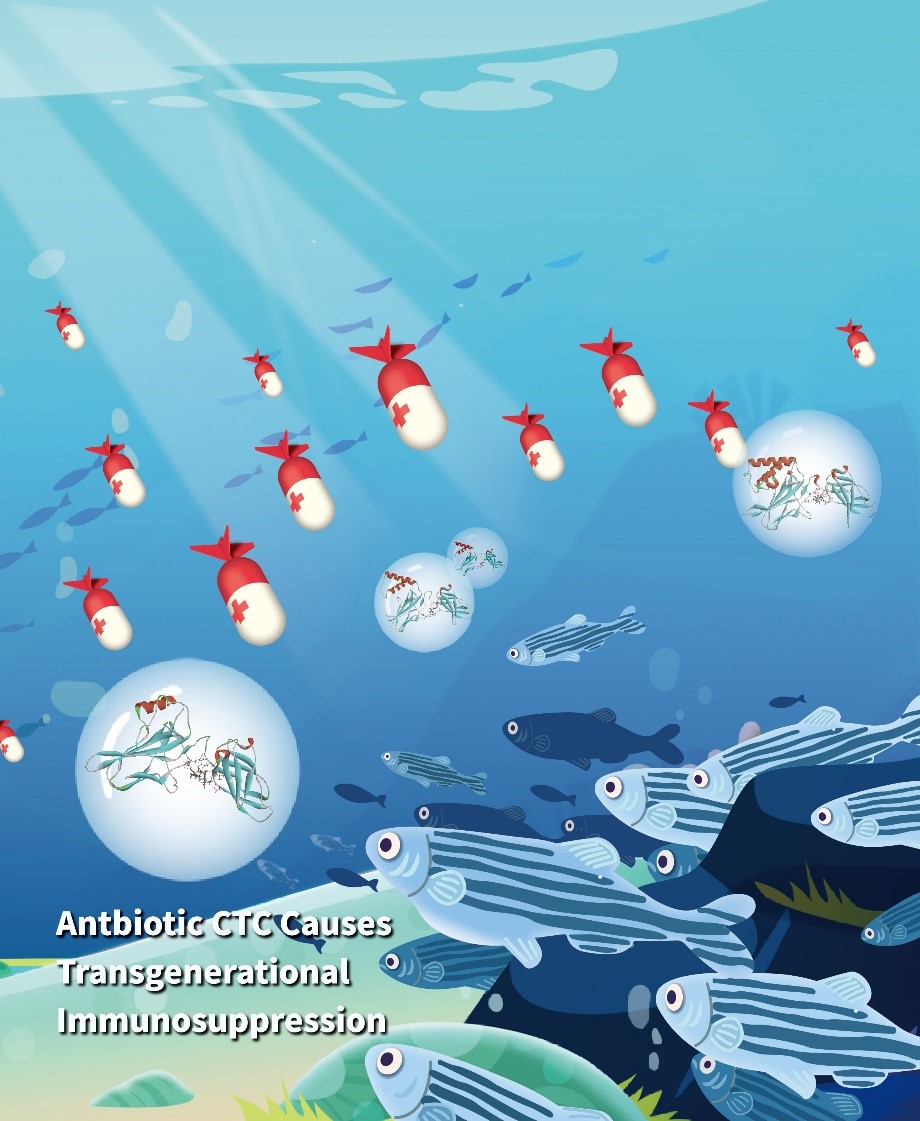
Figure 1. Study on the immunotoxicity mechanism of chlortetracycline CTC to offspring after parental exposed to CTC
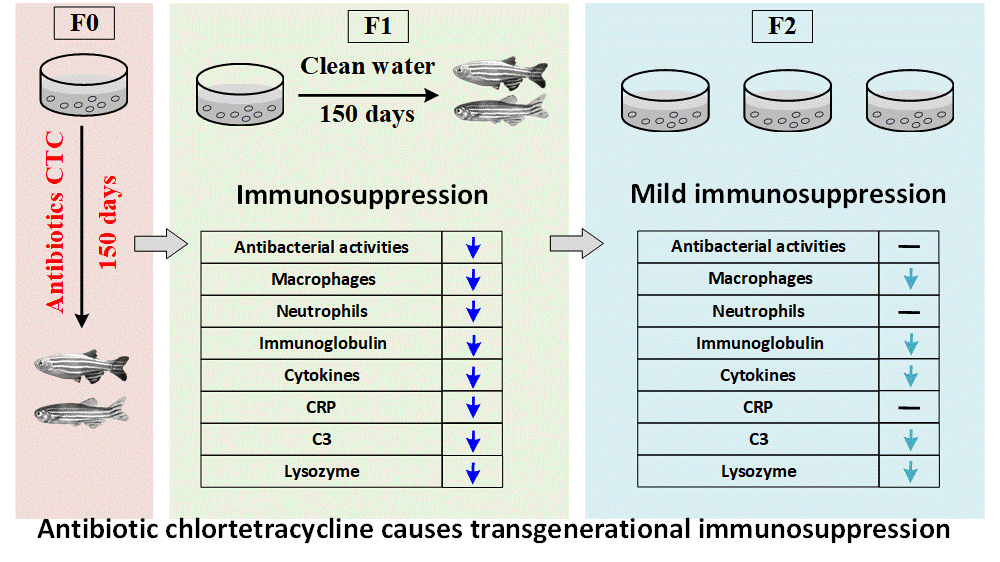
Figure 2. Immunotoxic effects of parental exposure to chlortetracycline CTC on offspring
Antibiotic induces intestinal microbiota-mediated immunosuppression
The second paper published in Environmental Science & Technology was entitled “Enrofloxacin Induces Intestinal Microbiota-Mediated Immunosuppression in Zebrafish”.
To better understand the gut microbiome and immune function interactions, the researchers treated the vertebrate model, zebrafish, with environmentally relevant concentrations of a frequently detected antibiotic, enrofloxacin (ENR), ranging from 0.01 to 100 μg/L. 16S ribosomal RNA sequencing indicated diminished diversity, richness, and evenness of intestinal flora following ENR treatment. Twenty-two taxa of gut bacteria including Rickettsiales, Pseudomonadales, and Flavobacteriales were significantly correlated with immunosuppressive biomarkers, including a significant decrease in the abundance of macrophages and neutrophils.
To validate the immunomodulatory effects due to altered intestinal microbial populations, zebrafish reared under sterile and non-sterile husbandry conditions were compared after ENR treatment. A significant inhibitory effect was induced by ENR treatment under non-sterile conditions, while the number of macrophages and neutrophils, as well as biomarkers of immunosuppressive effects, were significantly salved in zebrafish under sterile conditions, confirming for the first time that immunosuppression by ENR was closely mediated through alterations of the intestinal microbiome in fish (Figures 3 and 4).
This study systematically clarified whether and how ENR-induced changes in the microbiota impact immunity during early life-stage development in zebrafish. It is the first known study to show a strong correlation between gut community disturbances and multi-level immunosuppressive responses induced by ENR exposure in fish. It is worth noting that the altered gut microbial community may last and persist even after antibiotic treatment stops, shedding light on the long-term impacts that are much less understood today.
Asst. Prof. Wenhui Qiu is the first author of this paper. Prof. Chunmiao Zheng is the corresponding author.
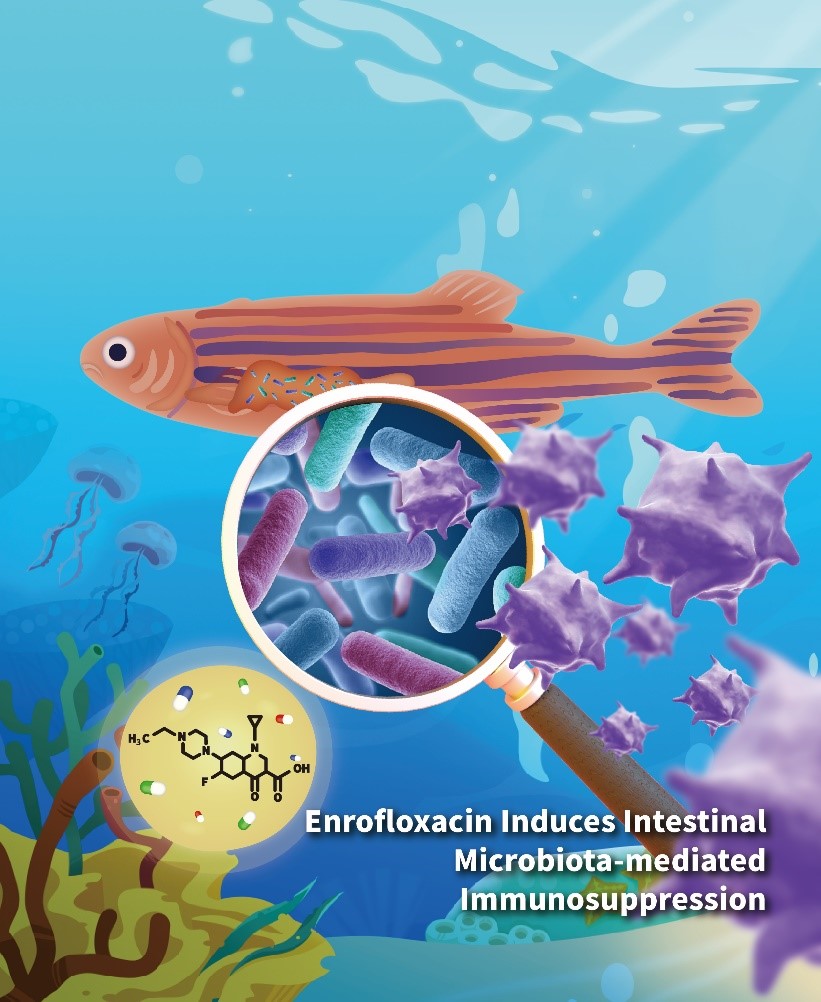
Figure 3. Intestinal microbiota-mediated immunosuppression of antibiotics in zebrafish
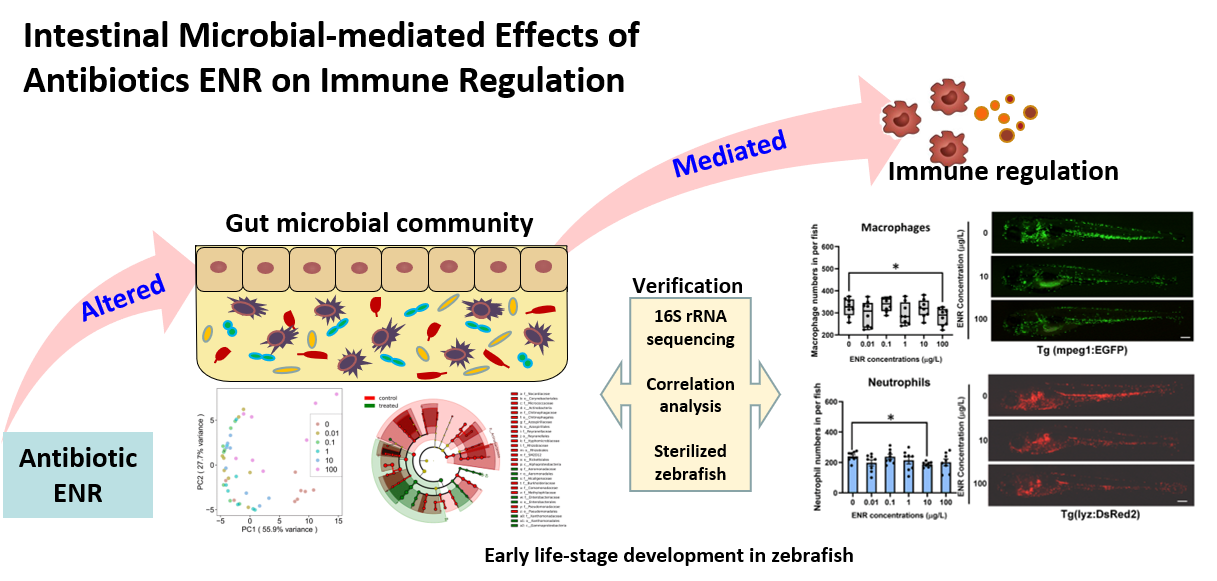
Figure 4. Intestinal microbiota-mediated effects of antibiotic ENR on immune regulation
Perfluorooctane Sulfonamide (PFOSA) induces cardiotoxicity
The third paper published in Environmental Science & Technology Environmental Science & Technology was entitled “Perfluorooctane Sulfonamide (PFOSA) Induces Cardiotoxicity via Aryl Hydrocarbon Receptor Activation in Zebrafish”. In this study, Prof. Zheng’s team mainly focused on the ecological health risk of the perfluorinated compound.
The heart is the first functional organ developed during embryogenesis in all vertebrates, and the adverse effects of cardiac dysfunction on the body are of great concern to early life stage organisms that are generally sensitive and vulnerable to changes during this developmental period. Therefore, it is very important to evaluate the cardiotoxicity of contaminants for assessing the health risks of environmental pollutants.
In this work, the cardiac diseases were predicated on the top tox functions by RNA sequencing in zebrafish after exposure to PFOSA. Consistent with the impacts predicted by transcriptional changes, abnormal cardiac morphology, disordered heartbeat signals, as well as reduced heart rate and cardiac output were observed following exposure to PFOSA. Furthermore, these PFOSA-induced cardiac effects were either prevented or alleviated by supplementation with an aryl hydrocarbon receptor (AHR) antagonist or ahr2-morpholino knock-down, uncovering a seminal role of AHR in PFOSA-induced cardiotoxicity.
These results provide the first evidence in fish that PFOSA can impair proper heart development and function and raises concern for PFOSA analogues in the natural environment (Figure 5). Additionally, PFOSA is unregulated and increasingly being used during production processes and incompletely disposed of after use, which has potential adverse health effects. These findings suggested that PFOSA, even at environmentally relevant concentrations of 0.01, 0.1, 1, or 10 μg/L, can significantly impair cardiac development in exposed fish, highlighting the need to consider the ecological risk of PFCs analogues in the natural environment.
Research Asst. Honghong Chen of Prof. Chunmiao Zheng’s team is the first author of this paper. Prof. Chunmiao Zheng and Asst. Prof. Wenhui Qiu are the co-corresponding authors.
This work was supported by the National Natural Science Foundation of China (NSFC), the National Key Research and Development Program of China, Shenzhen Science and Technology Innovation Commission, State Environmental Protection Key Laboratory of Integrated Surface Water-Groundwater Pollution Control, Guangdong Provincial Key Laboratory of Soil and Groundwater Pollution Control and Remediation, Guangdong Basic and Applied Basic Research Foundation and Leading Talents of Guangdong Province Program.
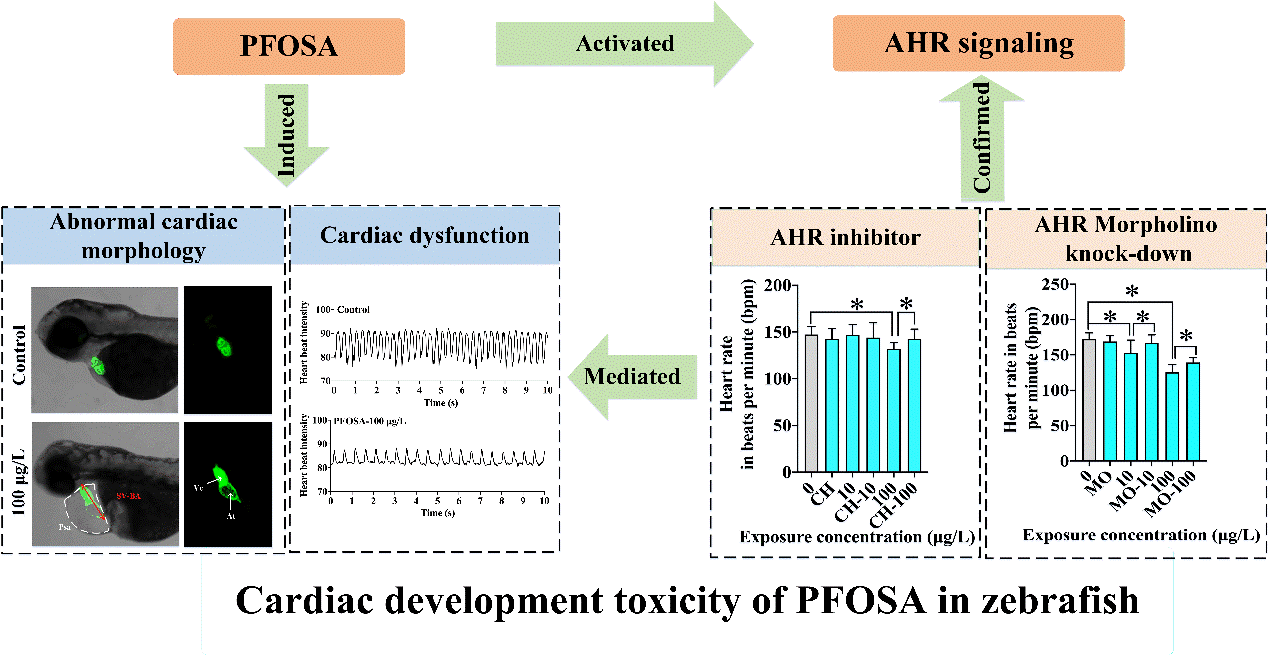
Figure 5. Toxic effects and mechanism of perfluorooctane sulfonamide (PFOSA) on the heart development of zebrafish
Paper links (In order of appearance above):
Environmental Science & Technology: https://pubs.acs.org/doi/pdf/10.1021/acs.est.1c07343
Environmental Science & Technology: https://pubs.acs.org/doi/pdf/10.1021/acs.est.1c08712
Environmental Science & Technology: https://pubs.acs.org/doi/pdf/10.1021/acs.est.1c08875
